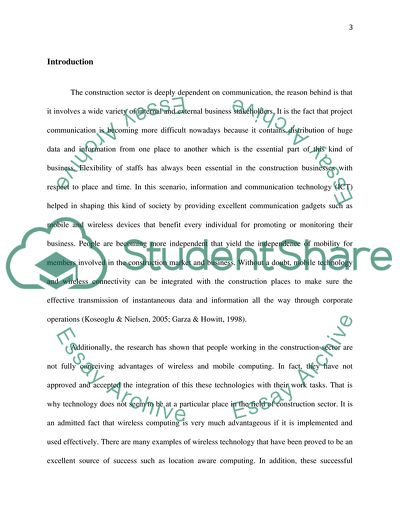Cite this document
(Construction Practice and Information Technology Coursework Example | Topics and Well Written Essays - 3750 words, n.d.)
Construction Practice and Information Technology Coursework Example | Topics and Well Written Essays - 3750 words. https://studentshare.org/engineering-and-construction/1796552-construction-practice-and-information-technology
Construction Practice and Information Technology Coursework Example | Topics and Well Written Essays - 3750 words. https://studentshare.org/engineering-and-construction/1796552-construction-practice-and-information-technology
(Construction Practice and Information Technology Coursework Example | Topics and Well Written Essays - 3750 Words)
Construction Practice and Information Technology Coursework Example | Topics and Well Written Essays - 3750 Words. https://studentshare.org/engineering-and-construction/1796552-construction-practice-and-information-technology.
Construction Practice and Information Technology Coursework Example | Topics and Well Written Essays - 3750 Words. https://studentshare.org/engineering-and-construction/1796552-construction-practice-and-information-technology.
“Construction Practice and Information Technology Coursework Example | Topics and Well Written Essays - 3750 Words”. https://studentshare.org/engineering-and-construction/1796552-construction-practice-and-information-technology.


